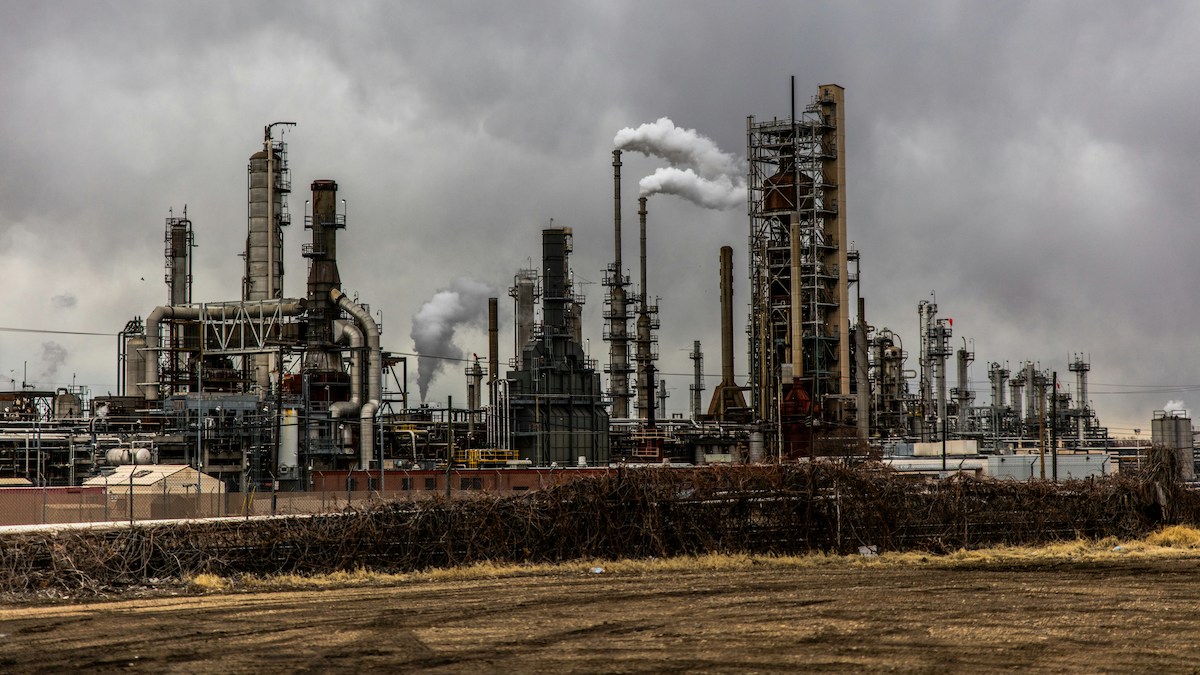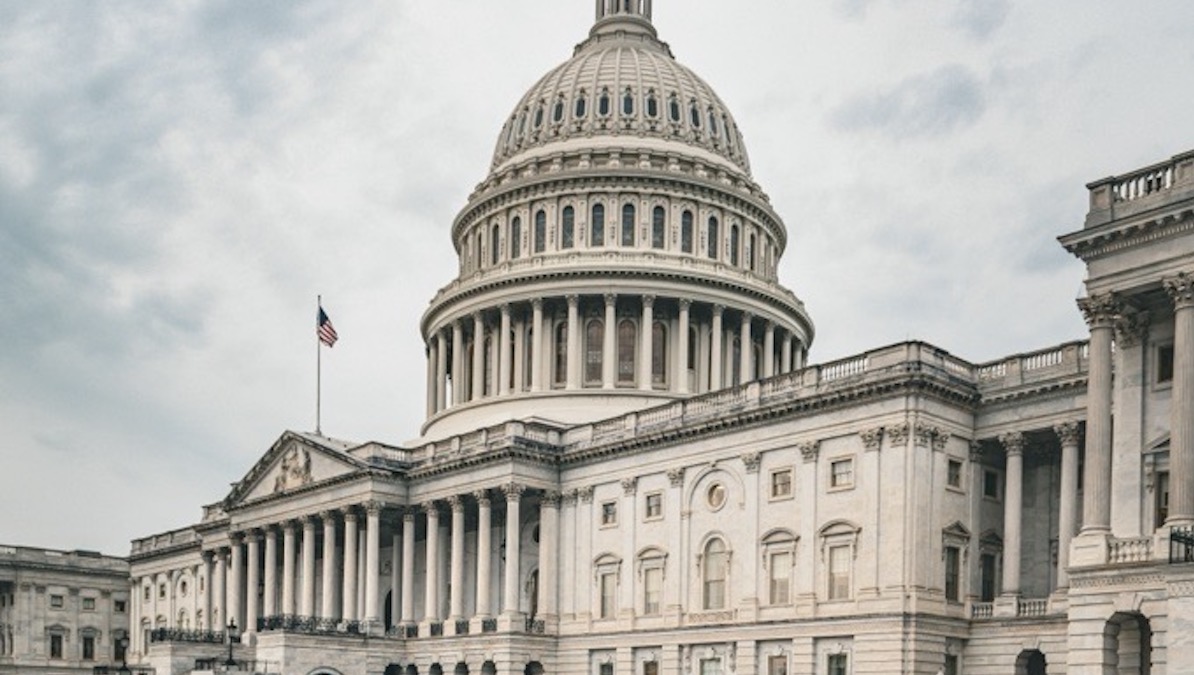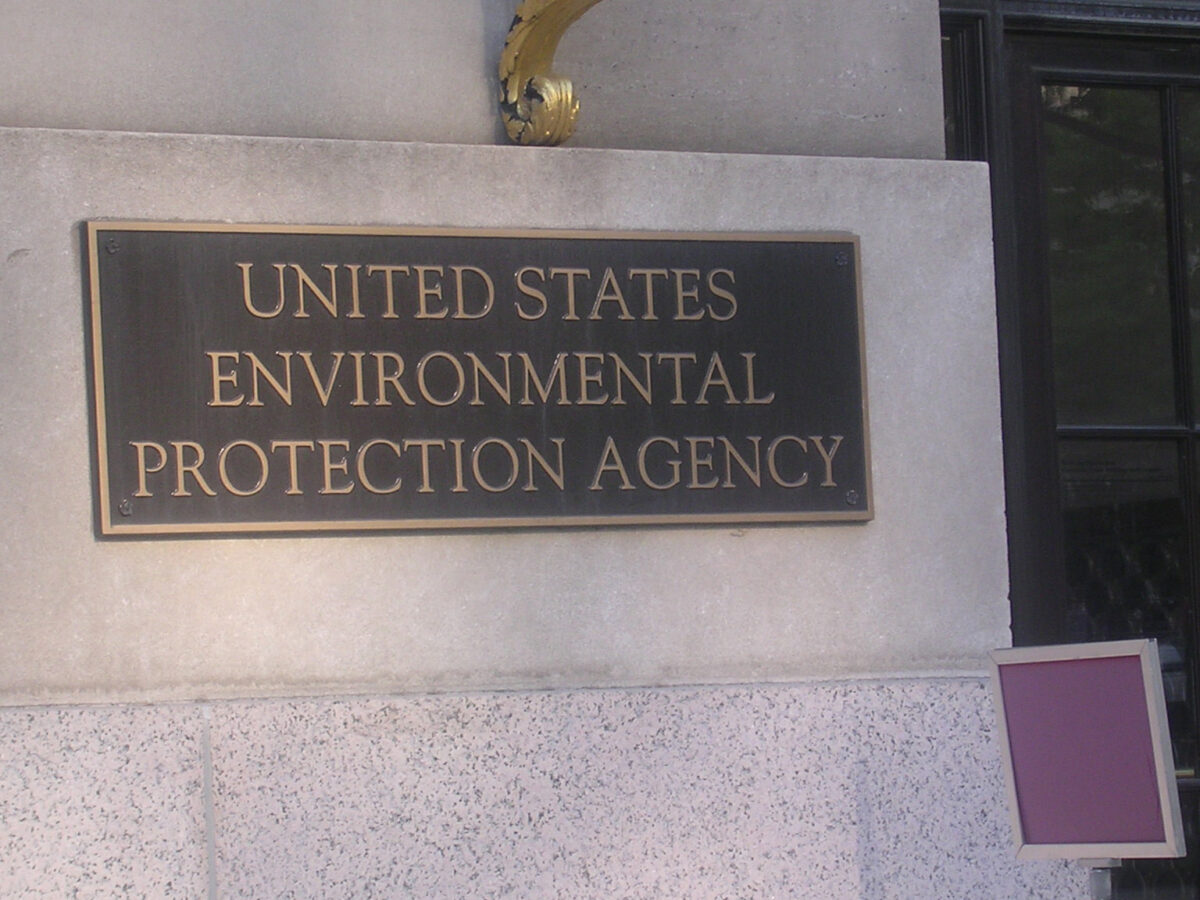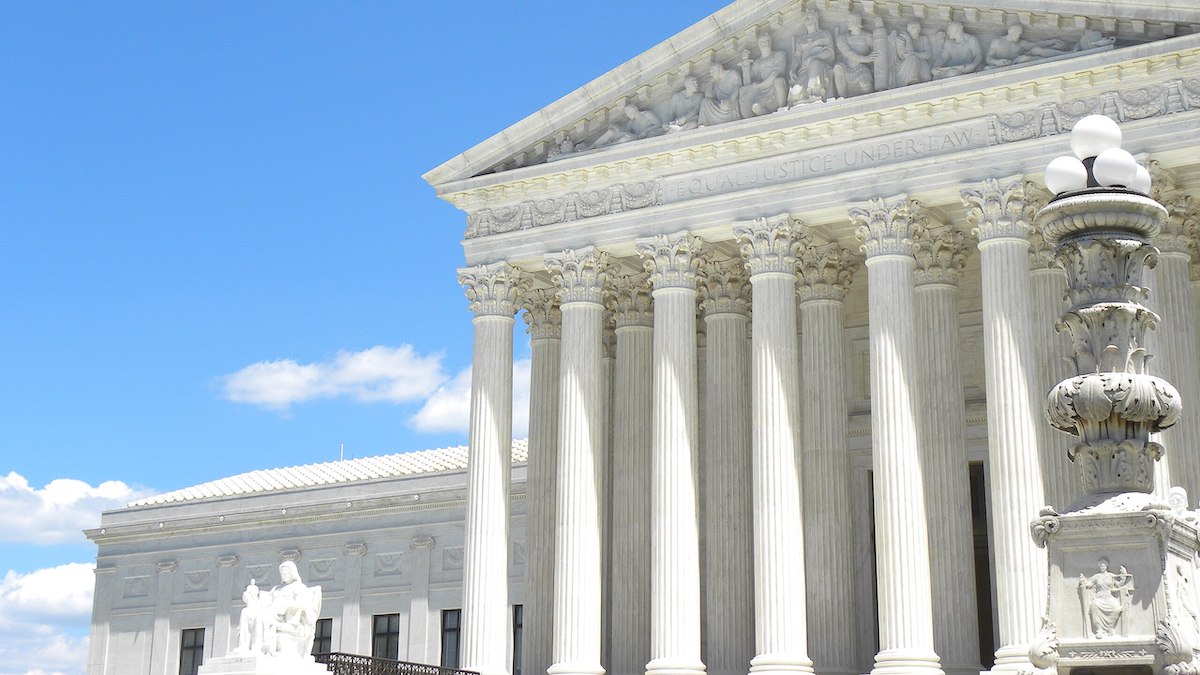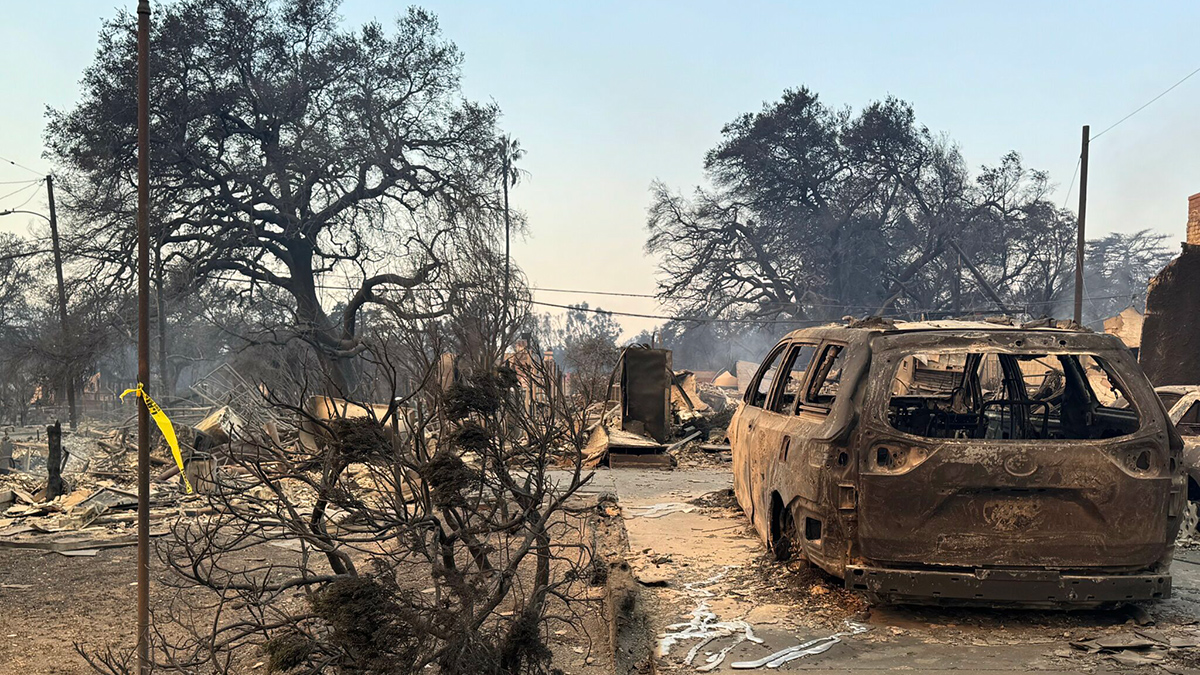The U.S. Environmental Protection Agency moved this week to reduce limits on fine particulate air pollution, including soot, set by the Biden administration last year.
EPA
Alaska Awaits Response from FEMA in the Aftermath of Major Floods
Major floods in Alaska have caused the death of at least one person and displaced thousands more over the course of the last two weeks. Many of the displaced may not be able to return home for 18 months or longer, according to Alaska Gov. Mike Dunleavy.
Science Agencies Shuttered in Government Shutdown
At 12:01 a.m. this morning, the U.S. federal government shut down. This shutdown comes after weeks of negotiations and pressure tactics failed to bring Congressional Republicans and Democrats together on a budget for the 2026 fiscal year or a continuing resolution to fund the government for a few more weeks.
EPA Proposes That Major Polluters No Longer Report Their Emissions
The EPA proposed today that approximately 8,000 polluting facilities, including oil refineries, power plants, and steel mills, should no longer be required to report their greenhouse gas emissions.
Public Speaks Out Against EPA Plan to Rescind Endangerment Finding
Advocates, scientists, doctors, members of Congress, kids, parents, and other individuals spoke out in a series of hearings last week to let the Environmental Protection Agency know how they feel about a potential sea change in climate and environmental policy: the proposed repeal of the 2009 Endangerment Finding.
Kate Mulvaney: Bringing Human Dimensions to Water Resources
From small coastal towns to international ocean treaties, this EPA scientist has helped integrate social science into how people study and protect natural water resources.
NSF Scientists Denounce Trump Administration Policies
National Science Foundation employees are among the latest federal scientists to issue a statement expressing concern over the Trump administration’s actions. The statement refers to “a series of politically motivated and legally questionable actions by the Administration that threaten the integrity of the NSF.”
Supreme Court Lets Trump Proceed With Mass Firings
The Trump administration can act on its planned restructuring of the federal government, the United States Supreme Court announced in an 8 July decision.
Dissenting EPA Scientists Placed on Leave
A group of EPA scientists who signed an open letter voicing their dissent to Trump administration policies have been placed on administrative leave.
What’s Changed—and What Hasn’t—Since the EPA’s Endangerment Finding
A scientist-authored brief played a role in the 2009 determination that greenhouse gases endanger public health. With the finding now up for reconsideration, the same scientists revisit their opinion.

